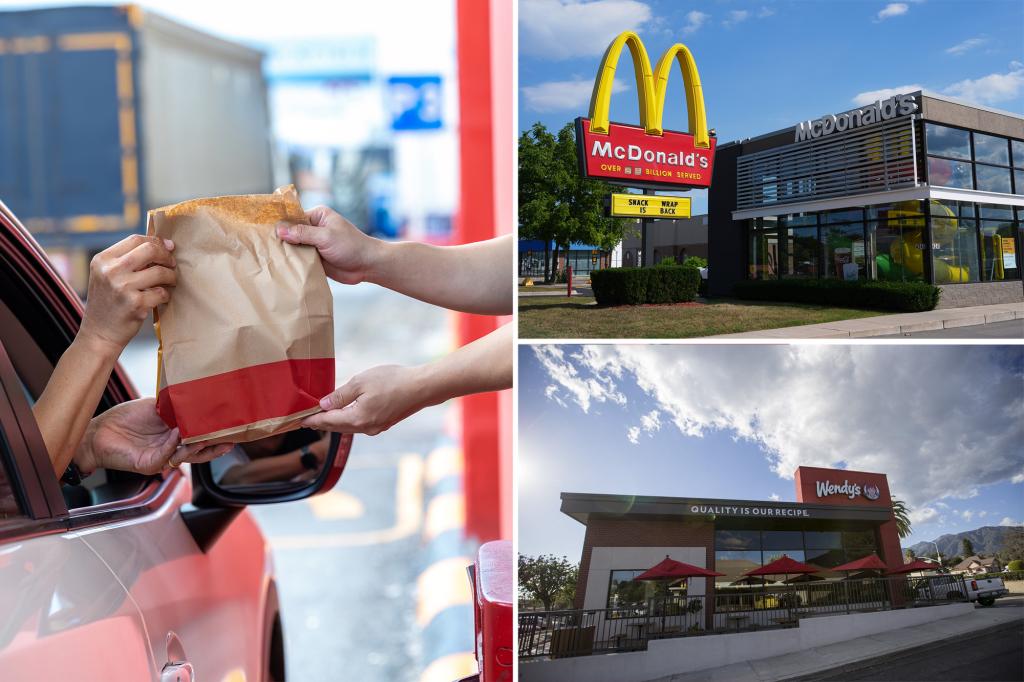Fast Food Industry Faces a Pricing Crossroads: McDonald’s Bold Move Could Reshape the Landscape
In the competitive world of fast food, a significant shift is occurring as rising menu prices clash with consumer spending constraints. This tension has created a critical challenge for the industry: how to maintain profitability while not alienating price-sensitive customers who form the backbone of their business. The situation has reached a tipping point where major players like McDonald’s are now implementing strategic changes that could ripple throughout the entire fast-food ecosystem. These moves reflect a deeper understanding that today’s economic pressures aren’t merely temporary bumps but potentially signal a fundamental change in consumer behavior that requires adaptation.
McDonald’s recent announcement that it’s doubling down on value offerings represents more than just another promotion—it’s a calculated strategic pivot that acknowledges economic realities facing their core customer base. The fast-food giant is reintroducing Extra Value Meals, absent from menus since 2019, as a dedicated menu category featuring eight meal bundles across all dayparts—breakfast, lunch, and dinner. The key attraction? These bundles will cost 15% less than purchasing the items separately, creating a compelling value proposition for cost-conscious consumers. Mark Wasilefsky, head of restaurant and franchise finance at TD Bank, describes this as a “power move” that leverages McDonald’s massive U.S. presence. The depth of this discount is particularly notable, with Wasilefsky emphasizing, “When you look at margin, 15% is an incredible discount.” This bold step could force competitors to follow suit with their own value offerings, especially those who compete in the same dayparts as McDonald’s.
While some might view this as the opening salvo in a pricing war, industry experts suggest McDonald’s has a more sophisticated strategy in mind. Rather than simply slashing prices to boost short-term sales, the company appears focused on disrupting consumer routines and habits. The goal is to pull loyal customers away from competitors like Dunkin’ and create new behavioral patterns that persist even after the promotional period ends. “They do try to obtain new clients. But what you’re really trying to do is change consumer behavior. You’re keeping your existing clients and getting people to come to you for the value,” explains Wasilefsky. This approach reflects a longer-term perspective on customer acquisition and retention rather than merely chasing quarterly sales targets. Competitors likely won’t be able to match McDonald’s 15% discount, but they may feel compelled to introduce similar value offerings to prevent customer defection during this critical period of changing consumer habits.
The backdrop to these strategic moves is a fast-food industry facing multiple challenges simultaneously. Supply chain disruptions, higher labor costs, and subdued customer traffic have created significant margin pressures across most major chains. According to the National Restaurant Association, menu prices at limited-service restaurants (which include fast-food establishments) rose by 3.3% year-over-year as of July—down from a peak of 8.2% in April 2023, but still outpacing what many consumers are willing to absorb. These price increases have translated directly to traffic declines for many major players. McDonald’s reported weaker-than-expected traffic across lower- and middle-income segments in its first fiscal quarter of 2025. Starbucks, another potential target of McDonald’s value strategy according to Wasilefsky, acknowledged that its first-quarter traffic remained below year-earlier levels. Similarly, Wendy’s experienced profit declines at U.S. company-owned restaurants due to a combination of higher costs and reduced customer visits.
Perhaps most concerning for the industry is the growing evidence that the pullback in consumer spending may represent a structural rather than cyclical change. Will Auchincloss, who leads EY-Parthenon’s Americas retail sector, notes that their consumer research indicates Americans are actively adjusting discretionary spending to compensate for rising costs in essential categories like food and housing. Restaurant spending is typically the first discretionary expense to be reduced across all income brackets when budgets tighten. “With nearly 40% of lower-income households already pulling back, recent QSR [quick-service restaurant] price cuts may be a signal of a broader industry shift,” Auchincloss observes. This suggests that recent value-focused initiatives aren’t merely temporary promotional tactics but rather early responses to a fundamental realignment of consumer priorities and spending patterns that could persist for years to come.
The current situation represents a pivotal moment for the fast-food industry that extends beyond immediate competitive dynamics. McDonald’s value-focused strategy is both a response to current economic pressures and a proactive attempt to reshape customer expectations and behaviors for the long term. If successful, it could establish new norms for value propositions across the industry. Competitors must now carefully balance their own margin requirements against the need to remain competitive on price and value perception. For consumers, particularly those in lower and middle-income brackets who have traditionally been core fast-food customers, these developments could provide welcome relief from years of steadily increasing prices. However, the larger question remains whether the industry can find a sustainable balance between affordability and profitability in what appears to be an extended period of heightened price sensitivity. As Auchincloss suggests, we may be witnessing not just a temporary adjustment but “a realignment of pricing strategies across the sector” that will fundamentally reshape the fast-food landscape for years to come.















